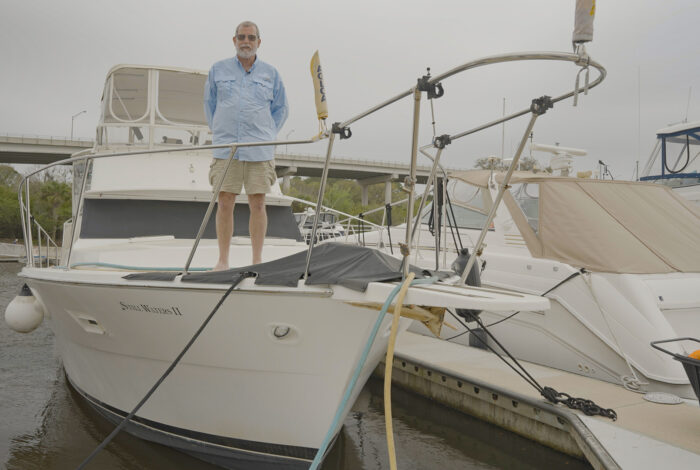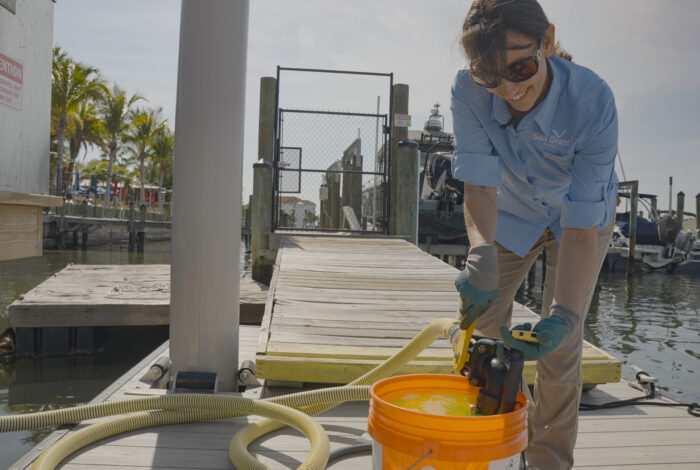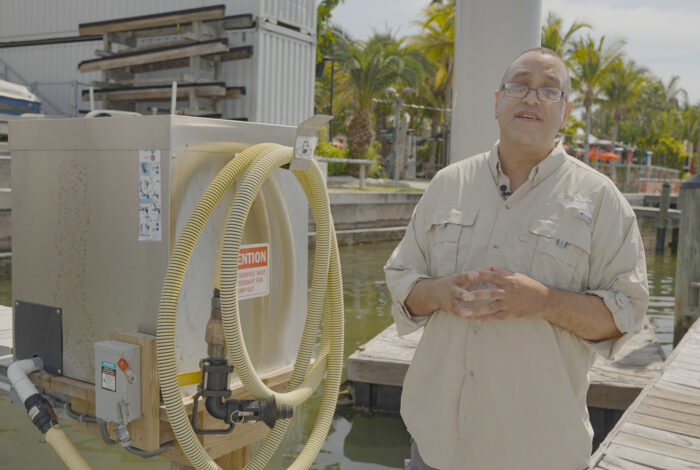
Boat MSD & Sewage Management: Laws & Y-Valves
https://youtu.be/gJ2aXtEPYOs In this video, we delve into crucial aspects of boat sewage waste, including the laws governing sewage discharge and how to properly secure your Marine Sanitation Device (MSD) Y-valve

